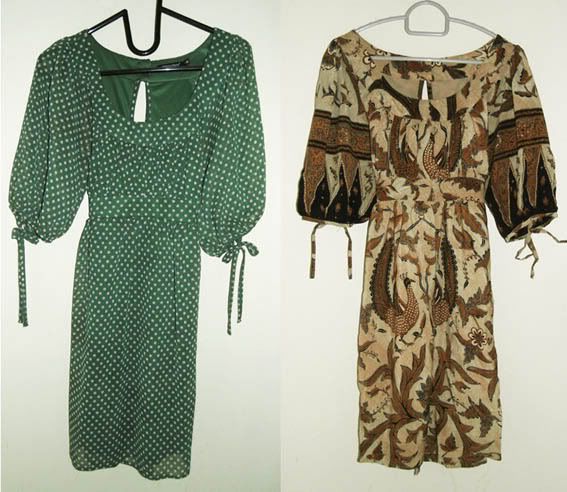




Batik cloth is fabric that typically utilizes the wax- resist dyeing procedure to develop those styles. Yet, owing to innovations inside the area of printing, countless products are placed in the class of batik although they were not created using traditional procedures.
The favored and well regarded Javanese Batik features layouts that are based on the the way of life along with religion belonging to the region. These main colors which are utilized for those prints are frequently dark brown, white and Indigo. This is because inside the past, organic dyes were normally only found in those colors. The patterns on the Batik also indicate the rank and social ranking of the man or woman.
Other areas of Indonesia have a distinctive Batik patterns which normally take themes from day to day lives, integrating patterns such as flowers, nature, animals, folklore or people. The color of batik from the coastal cities of northern Java, is principally vibrant, and it absorbs influence from the Javanese, Arab, Chinese and Dutch tradition.
UNESCO designated Indonesian batik as a Masterpiece of Oral an Intangible Heritage of Humanity on October 2, 2009. Within the acknowledgment, UNESCO insisted that Indonesia maintain their traditions.
Even though the batik word’s foundation is Javanese, its etymology might be either from the Javanese amba(‘to write’) and titik(‘dot’ or ‘point’) , or made of a hypothetical Proto- Austronesian root* beCk, meaning ‘to tattoo’ from the use of a needle inside the process.
Conditional upon the quality of the batik art work, dyes, and fabric, the best possible batik textile can fetch several thousand dollars, reflecting the fact that it usually took several weeks to make. Batik tulis has both sides of the fabric ornamented.
In Indonesia, customarily, batik was traded in 2. 25- meter lengths used for kain panjang (long cloth) or sarong for kebaya (Traditional) dress. Batik can also be worn by covering it round the body, or converted into a hat called blangkon.
For added information on Batik Fabrics, please drop by the Authors site. Besides Batik Fabrics, there are also batik sarongs, dresses, shirts, books and scarves.
Find more articles written by Rueben Gomez
source: http://www.currentarticles.org




